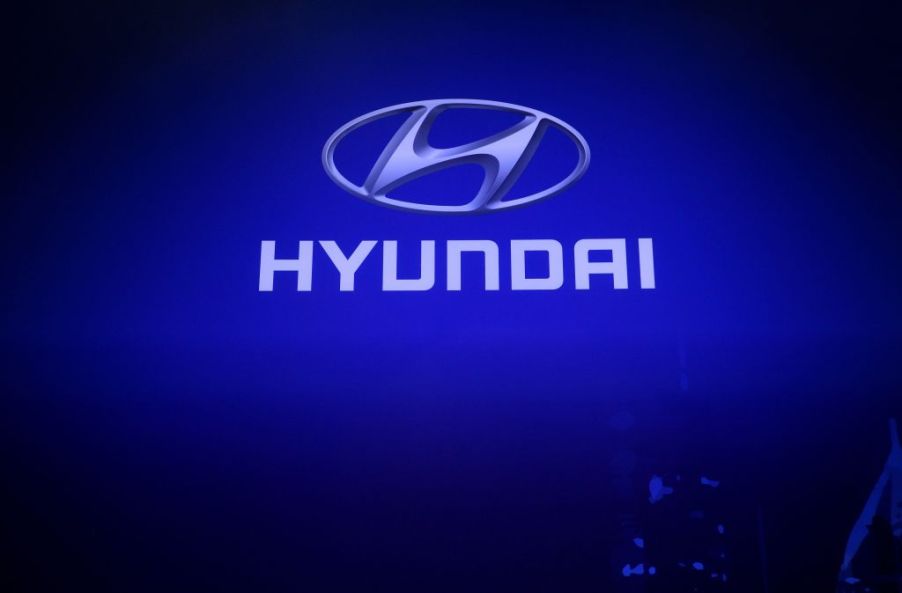
Hyundai Takes Giant Step Towards the Future With a Flying Car Division
The year is 2000 and flying cars are skirting the skies of Los Angeles. For many people, that was the future that they envisioned. However, to everyone’s disappointment, the year 2000 came and went and flying cars were nowhere to be seen. But now, Hyundai has taken a giant leap for mankind and has started its very own flying car division.
A NASA leader
To head this new division, Hyundai hired Dr. Jaiwon Shin. He was the former leader of NASA’s Aeronautics Research Mission Directorate. For over 30 years, Shin worked on researching and developing high-tech aviation technologies for NASA. Shin’s work at NASA wasn’t just about building rocket ships to go to space on, either.
According to Engadget, Shin and his team also worked on a lot of other high-tech stuff like a traffic control system for drones, electric planes, as well as supersonic planes. This type of experience should give Hyundai’s flying car division, which is called the Urban Air Mobility, or UAM, division the veteran leadership that it needs.
Hyundai’s plans
Right now, Hyundai has some pretty loose goals for its UAM division. According to Motor1, the UAM division aims to research and develop innovative solutions to traffic problems that cities and countries are facing every day. Of course, given the name of the division, these solutions will likely involve flying vehicles of some sort.
However, since the general goal of the UAM division is to reduce traffic congestion, Shin’s expertise in designing a traffic control system for drones will also help in that regard. When flying cars start becoming popular, there will need to be a system in place to keep things orderly. Hyundai is betting that Shin will be able to work something out.
Hyundai is also entering this field early, as it’s the first automaker to start its very own flying car division. According to Shin, the urban air mobility market is slated to become a $1.5 trillion industry in 20 years.
It’s not clear where he got that number from, but given how quickly electric cars have become a popular and lucrative market, his estimate might very well come true.
Future challenges
While many people expected flying cars by the year 2000, there were many reasons why that never happened, and many of those reasons persist to this day. As Popular Mechanics mentioned, there are lots of concerns regarding the safety of flying cars, the security risks posed by them, as well as other issues like noise levels.
Furthermore, while many people are expecting flying cars, companies who are developing urban air vehicles are pretty much just designing small helicopters. This is, of course, problematic because a flying car, by its definition, should be able to both fly and drive like a car.
One of the big issues that a flying car solves that an urban helicopter doesn’t is parking. Theoretically speaking, a flying car can park in any space that a regular car can park in. A helicopter, however, will need a landing pad and that’s simply not something a lot of people have right now.
That’s why, according to Popular Mechanics, Hyundai isn’t aiming at creating a flying car that’s similar to what many people are imagining. Rather, right now, Hyundai wants an urban air vehicle that can move a handful of travelers inside an urban area quickly. So, once again, the idea of a flying DeLorean will probably not be happening in the next 20 years.
That said, other automakers aren’t going to be sitting back and watching, either. These companies won’t want Hyundai to have an edge in a future market, so it probably won’t take long for other automakers to start investing in UAM divisions.



